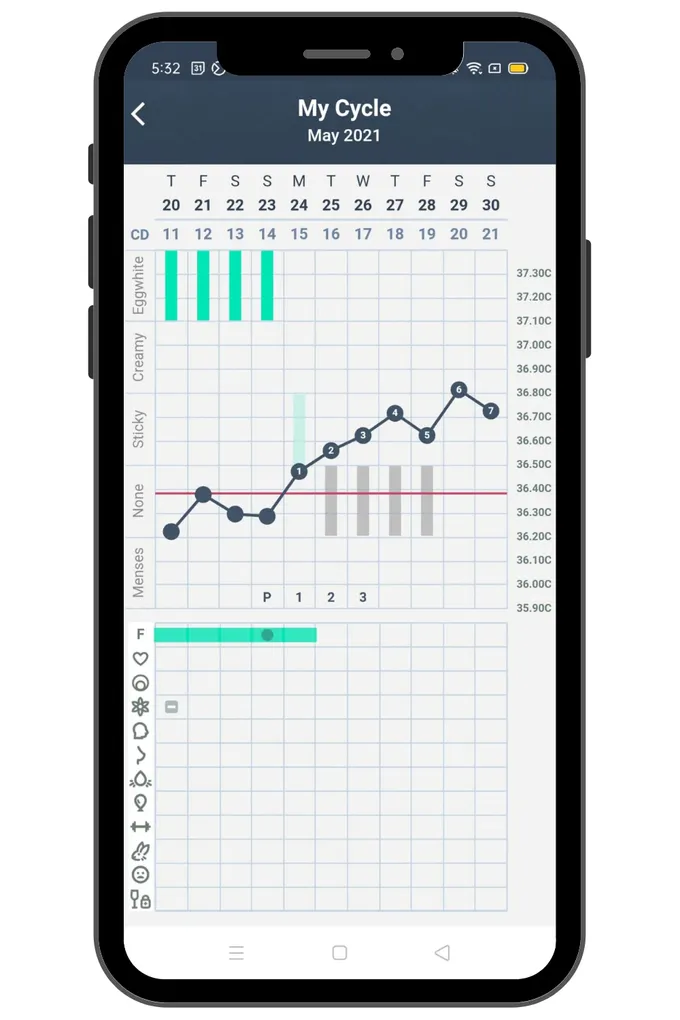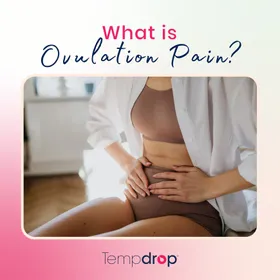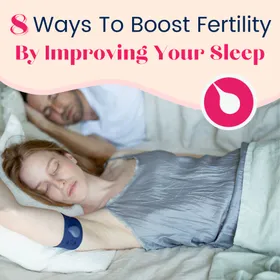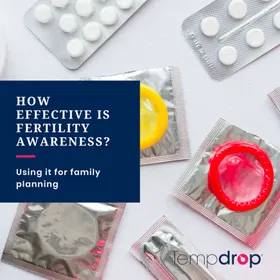Helping Your Teen Understand Their Body Better With Cycle Charting
Published February 5, 2025.
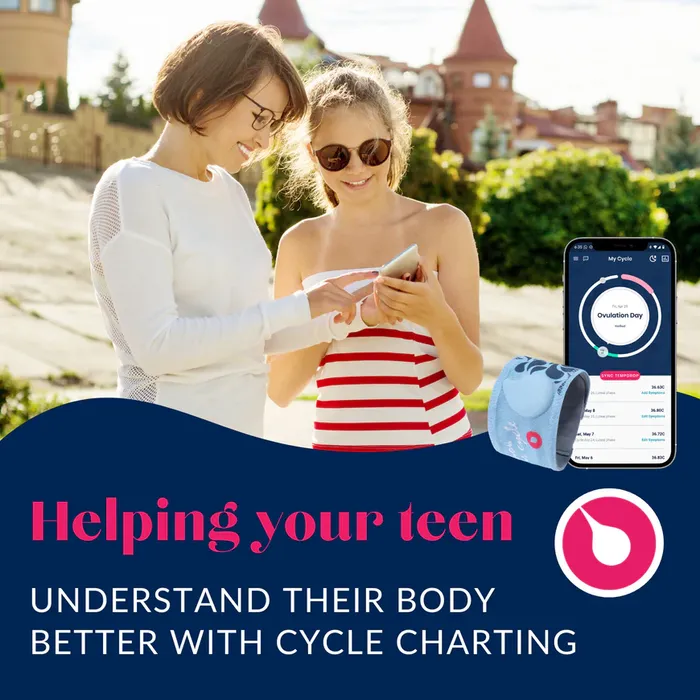
Fertility awareness and cycle tracking are fantastic tools for taking charge of our reproductive goals. Most people use this information for family planning. But practicing fertility awareness can be valuable for so much more! Practicing fertility awareness can offer insight into physical and emotional health and help youth feel empowered about their own bodies.
Body literacy
Body literacy (a term coined by Laura Wershler in 2012) is a practice that involves listening to and learning about your body and its functions. The idea is that if we each understand the way our bodies function, then we can care and advocate for ourselves best. Fertility awareness is a great tool for developing body literacy because it encourages a daily practice of observing our bodily functions. This can really help to heal a lot of shame youth may have around vulvas, periods, and secretions. Spending more time present with, and learning about, our reproductive organs normalizes them.
Fertility awareness methods are all rooted in a deep understanding of the hormones and physiology at play inside of our bodies, too. This is a level of education most youth do not receive in school, which is extremely limited in time and scope. Information makes everything less daunting, and information about puberty and cycles is no different.
It’s also worth mentioning that teens who are already confident in their charting practice will have an easier time transitioning to using fertility awareness as a family planning method should they choose to in the future.
Health monitoring
People who practice fertility awareness are in tune with their own normal, and their own cyclical patterns. That means any gynecological, hormonal, or endocrine problem is usually identified quickly.
For example, thyroid issues, PCOS, and other issues can be reflected in a chart. Whether the doctor ever sees the chart or just has a heads up about what's happening, a cycle chart can be a key in the diagnosis of common health issues, both as a teenager and later in life.
Emotional health and cycle syncing
Perhaps you (like me) were also a moody teenage girl. I can’t imagine the relief I may have felt had I been tracking the phases of my cycle during those difficult moments. It’s true that during puberty, abrupt hormonal changes can cause severe mood swings. Knowing where you are in your cycle can help to contextualize your feelings and work as a reminder that this phase will not last forever. People who cycle change from day to day. This is expected and normal. Once you learn your pattern, it becomes easier to ride those waves rather than fight them.
To Learn More
It may be challenging to find a fertility awareness instructor who teaches youth under 18 years old. This is probably because most fertility awareness methods center reproductive goals rather than reproductive health - and because in some cultures, it is seen as taboo to talk with teens about sex and contraception. Below are a few resources and educational programs specifically made for teens.
- Cycle Savvy: The Smart Teen’s Guide to the Mysteries of Her Body by Toni WeschlerScarleteen www.scarleteen.com - An unbiased goldmine of reproductive health info for teens.
- Mother Daughter Journeys organized by the Couples to Couples League
- The Guiding Star Cycle Show Fertility Awareness Workshops for youth
So what are you waiting for? Teens can benefit so much from understanding their changing bodies, and cycle charting is a relatively simple place to get started.
